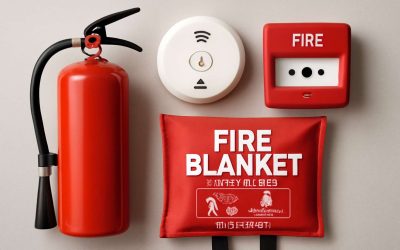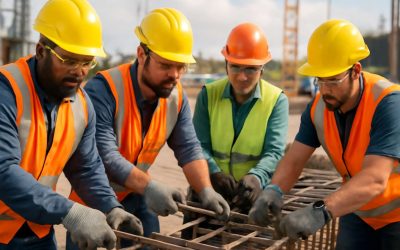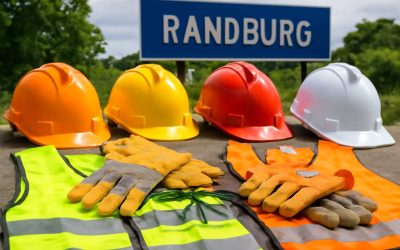
A worksite is a dangerous place and workers must be adequately protected with the right industrial safety equipment. The list of tools and apparatuses is vast and can include anything from protective clothing to fire-resistant gloves to respirators. Ensure that employees have everything they need to keep themselves safe at all times by connecting with suppliers, having regular training, and ensuring equipment is properly stored. It is also important to regularly check that equipment is being worn correctly and that it is working as it should.
Foot and leg injuries are common in industrial production and require specific PPE such as steel-toed boots or safety shoes. They protect against falling or rolling objects, hot substances, wet slippery surfaces and sharp objects. Leggings can offer protection to the lower legs and feet from molten metal or welding sparks. In general, protective footwear should be comfortable, durable and fit well.
Eye injuries can occur from chemical splashes, molten metal and harmful radiation. They can be prevented by wearing protective glasses that provide full coverage and a close fit. The lenses should be clear and able to resist impact, corrosion and penetration. Eye protection should be a vital part of any employee’s wardrobe.
Many jobs involve repetitive motions that can cause back problems. To avoid this, a worker should take regular breaks, use a supportive back brace or wear suitable PPE like a neck collar or back support. This includes ergonomically designed clothing such as wrist guards or elbow pads to prevent pinching and slipping, hand protectors that reduce the risk of burns and cuts and electrical insulators that limit contact with live wires.
Industrial workplaces often contain hazardous chemicals that can be fatal if inhaled. Respirators and masks provide an essential line of defence against chemical fumes, smoke, dust, vapors and mist. Masks should be tested for 100 percent function, have replaceable filters and be fitted appropriately for each worker.
Head injuries are commonly caused by impact and falling objects in workplaces with elevated working areas. Safety helmets can minimise these risks and are particularly important in construction, mining and agricultural industries.
Other body PPE includes protective clothing and full-body suits. These can be made from fire-retardant wool or cotton, leather and rubber. They can protect against flames, heat, liquid spillage and harmful chemicals and should be carefully fitted for each person.
A good quality hard hat is an essential piece of PPE for any worker. It should fit well, be free from dents and marks and have a chin strap to prevent it being pulled down or over the face. A helmet should be used for all tasks that could result in a fall or head injury. In addition, workers must be familiar with the proper use of a helmet and follow all appropriate safety procedures for putting it on and taking it off. It is also important to have clearly marked emergency escape routes and a well-maintained fire extinguisher on every site.



0 Comments